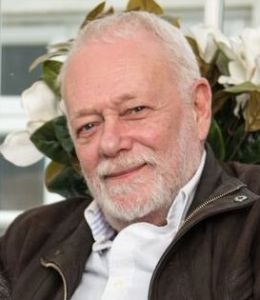
By convention, we think of character as the essence of the novel. At least of the literary novel. Or, at least of the Western literary novel.
I picked some writing advice from a random internet search: Masterclass has this to say:
“While a mastery of plot can help you develop exciting twists and turns, great character development draws readers in by giving them strong characters with whom they can identify…A novel consists of a character interacting with events over time.”
https://www.masterclass.com/articles/writing-tips-for-character-development
Someone told me that once you have a character with a want, you have the beginnings of a plot.
But, of course, the idea that stories should be about characters striving to achieve their goal is a comparatively new one in story-telling, and depends on historical preconditions. These include the development of the belief that what goes on in other people’s heads is interesting, and the existence of societies in which it’s meaningful for individuals to strive towards goals.
Orhan Pamuk, Turkish novelist and winner of the Nobel Prize for Literature has an interesting take on the primacy of character.
“The aspect of the human being we call ‘character’ is a historical construct and,…just like our own psychological and emotional makeup, the character of literary figures is an artifice we choose to believe in… Since I believe that the essential aim of the art of the novel is to present an accurate depiction of life, let me be forthright. People do not actually have as much character as we find portrayed in novels, especially in nineteenth- and twentieth-century novels…
“Furthermore, human character is not nearly as important in the shaping of our lives as it is made out to be in the novels and literary criticism of the West. To say that character-creation should be the primary goal of the novelist runs counter to what we know about everyday human life…In the beginning, there are patterns formed by people, objects, stories, images, situations, beliefs, history, and the juxtaposition of all these things—in other words, a texture…
“The character of my novel’s main protagonist is determined the same way a person’s character is formed in life: by the situations and events he lives through…The defining question of the art of the novel is not the personality or character of the protagonists, but rather how the universe within the tale appears to them…
“Novelists do not first invent a protagonist with a very special soul, and then get pulled along, according to the wishes of this figure, into specific subjects or experiences. The desire to explore particular topics comes first. Only then do novelists conceive the figures who would be most suitable for elucidating these topics.”
Orhan Pamuk, The Naïve and Sentimental Novelist pp 67-77, Faber & Faber 2011
Note that he is not denying the premise that readers become immersed through characters. He is saying that character is a product of a wider interplay of forces (what he calls texture) than simply a want. This texture is shaped by landscape, class, gender, and ethnicity. Character brings those forces to life. As a writer who was shaped by successive periods of military rule in Turkey, he is probably more sensitive to historical and political forces than are his Western counterparts.


Great post, Neil, full of insight. One of the biggest ‘psychological’ drives is a person’s desire to actualise their self-image, their narrative. Your post puts this in the context of time and space, which is, of course, the milieu within which the character operates. Texture is a great way of describing that.
LikeLiked by 1 person
Thanks, Penny. Some literary traditions beyond that of the West are much less interested in the change in the characters and much more in the change in the texture
LikeLiked by 1 person
Yes, agreed.
LikeLike